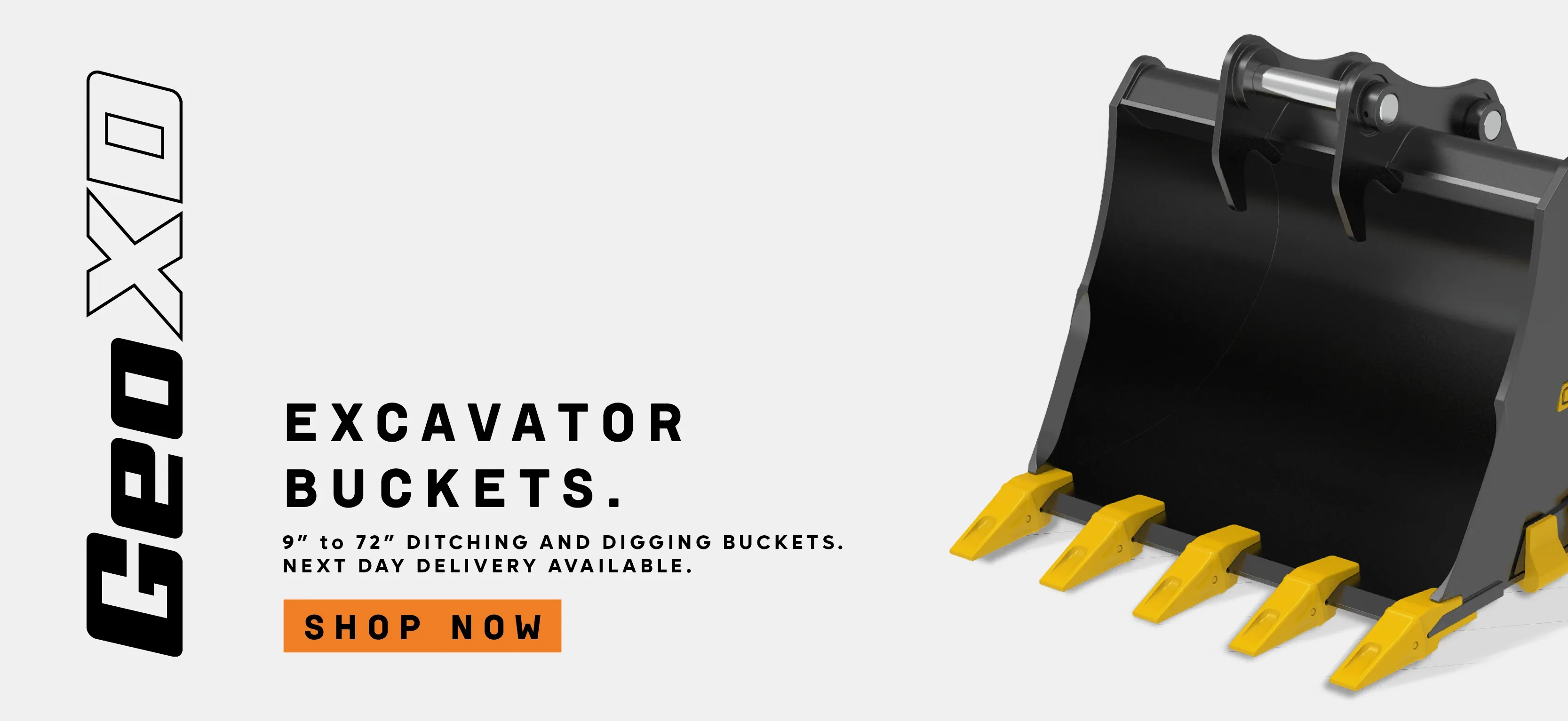Finding the Right Parts in Europe: A Practical Sourcing Guide for Shops & Distributors

Europe is a huge market—with dozens of languages, pricing rules, and regulations. The upside: you can usually find exactly the part you need at the right price. The challenge: knowing what to ask for, where to search, and how to verify compatibility and quality.
This guide walks you through a clean, repeatable process that works for electronics, phone repairs, automotive components, tooling, and more. It’s written for both repair shops and distributors.
1) Define the exact part before you start searching
Lock down identifiers.
Device/Model & Variant: brand, model, generation, region (e.g., “iPhone 13 A2633 EU”).
Manufacturer Part Number (MPN) / OEM P/N.
Global codes: EAN/GTIN/UPC where available.
Board/Revision: PCB or sub-assembly rev (e.g., “Rev. C”), connector layout, firmware constraints.
Condition: new OEM, OEM pull, refurbished, aftermarket, graded (A/B/C).
Critical specs: dimensions, voltage/amp limits, connector pinout, color/finish, materials, adhesives, gasket type, IC date codes.
Pro tip: build a tiny “compatibility card” for each part in your system so technicians and buyers always search with structured data, not just a product name.
2) Search in the right places
Verified distributors & networks. Prefer suppliers that publish company details, VAT ID, returns policy, and testing standards.
Manufacturer-authorized channels. If you need OEM quality or warranty alignment, start here.
Specialized European marketplaces or RFP platforms (like Request Parts) where you can post a request, receive multiple quotes, compare delivery times, and keep the audit trail.
Cross-reference databases & datasheets. Useful when MPNs have regional aliases or when a sub-assembly replaces several legacy SKUs.
3) Validate compatibility before you buy
Use this fast checklist:
Match MPN/EAN and board/revision exactly, or confirm an approved replacement (drop-in compatible).
Confirm connector type and cable length; double-check flex orientation on displays and cameras.
Check firmware locks/region codes (wireless modules, batteries with smart ICs, TCON/EDID for screens).
Verify mechanical fit (screw positions, brackets, standoffs, bezels).
For batteries: chemistry, capacity, voltage, BMS/IC compatibility, temperature sensor type.
For automotive: OEM ref (e.g., OE/OS/Ref.), E-mark where relevant, and VIN-based compatibility if provided.
When in doubt, ask the supplier for clear photos of labels, date codes, and connectors—or a short test video.
4) Choose quality confidently (OEM vs Aftermarket)
OEM (new): best for warranty alignment and lowest return rate; usually higher price.
OEM pull: genuine, removed from new/open units; watch for cosmetic marks; ask for testing protocol.
Aftermarket (premium): great price/quality balance when vendor uses consistent QC and parts grading.
Generic/lowest-cost: only for non-critical repairs; expect variability.
Always request: grading policy, test procedure (e.g., display color/brightness, touch grid, dead pixels), DOA/return terms, and warranty length.
5) Compliance & safety in the EU (quick overview)
RoHS (hazardous substances) and REACH (chemicals): relevant to most electronic parts.
WEEE: end-of-life handling for electrical/electronic equipment.
Batteries: follow transport rules (UN 38.3, IATA/ADR); ensure correct labeling and MSDS.
CE marking is generally for finished products, not individual repair parts—don’t confuse the two.
Automotive: some components require E-mark approval for road use.
Ask suppliers for compliance statements where applicable and keep them attached to the part record in your CMS.
6) Pricing, VAT, and logistics across Europe
Intra-EU B2B: if both parties have valid VAT IDs, the reverse-charge mechanism often applies (zero-rated invoice; buyer accounts for VAT locally).
Cross-border shipping: compare courier SLA vs postal services; trackability matters for RMA handling.
Incoterms: clarify who pays duties/taxes and when risk transfers (DDP vs DAP).
Lead times & MOQs: log quoted lead time windows and minimum quantities; plan buffer stock for A-movers.
Returns & RMAs: agree on DOA window, fault categorization, and who covers return freight.
7) Build a resilient supplier stack
Maintain A/B suppliers for critical SKUs.
Use framework agreements for stable pricing on high-volume parts.
Track supplier KPIs: fill rate, on-time delivery, DOA rate, average response time, credit note speed.
Share forecast for recurring parts to improve availability.
8) What to store in your CMS (recommended fields)
To prevent compatibility mistakes and speed up purchasing, capture these fields per part:
Brand, Category, Device Model/Variant
MPN / OEM P/N, EAN/GTIN, cross-refs/aliases
Revision/board code, connector type, key dimensions
Condition/grade, warranty, test protocol link
Country, currency, price (EUR), stock, MOQ, lead time
Compliance (RoHS/REACH/Battery), documents/MSDS
Photos (label, connector, front/back), datasheet URL
Supplier list + last 3 prices + KPIs
Notes on known pitfalls (e.g., “Rev. B not compatible with 2022 batches”)
This mirrors how Request Parts structures data so replies and offers remain comparable and audit-ready.
9) Red flags to avoid
Too good to be true pricing or “new OEM” without serials/labels.
Mixed-batch grading (A/B combined).
Refusal to provide company details, VAT ID, or clear invoices.
Push for urgent bank transfer to unfamiliar accounts.
Inconsistent packaging, misprinted labels, or sanded ICs.
